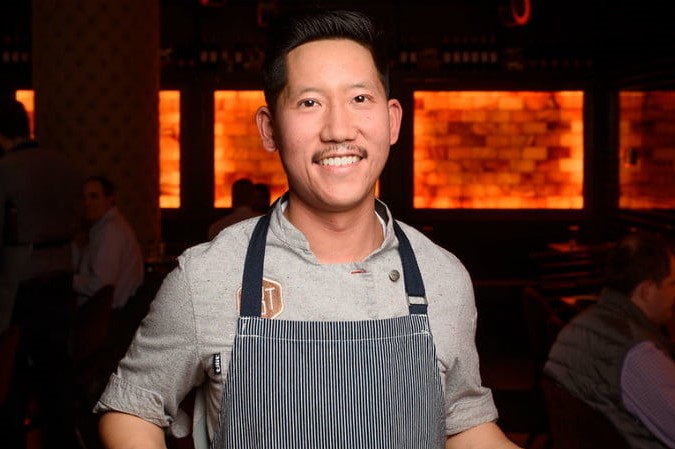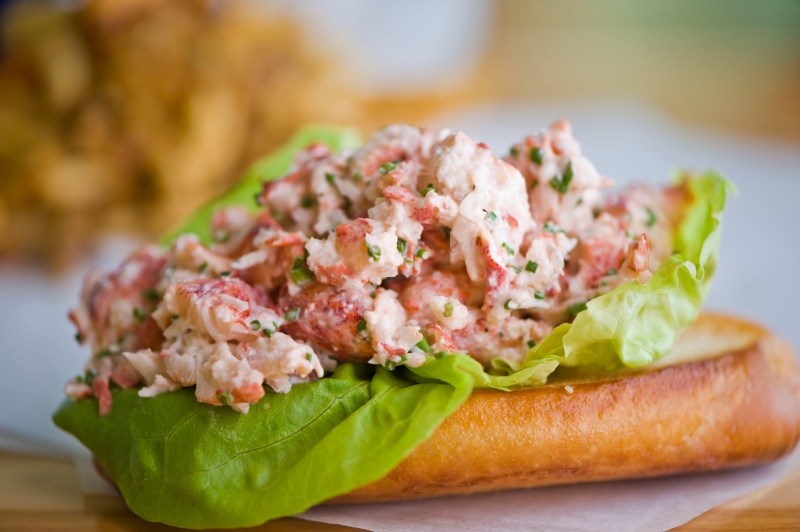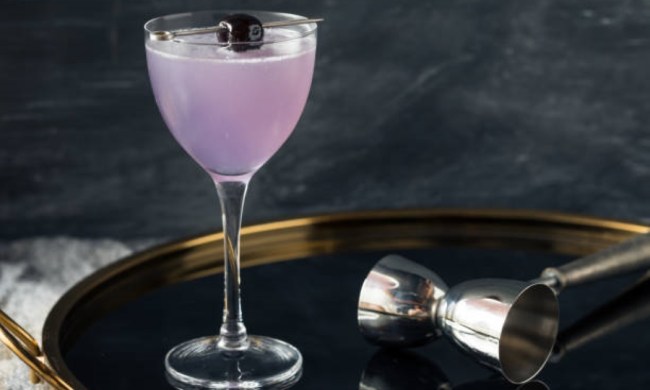 Lobster rolls are all the rage, and for damn good reason (it’s because they’re delicious). Pardon the pun, but there’s also a catch — they’re crazy expensive. If you’re not familiar with lobster rolls — or you’re imagining a sort of dumpling-style treat, a muffin-like thing with lobster meat baked right in, or something else entirely — then read on, as we’re about to break down what this treat is and how you can easily make them at home without breaking the bank.
Lobster rolls are all the rage, and for damn good reason (it’s because they’re delicious). Pardon the pun, but there’s also a catch — they’re crazy expensive. If you’re not familiar with lobster rolls — or you’re imagining a sort of dumpling-style treat, a muffin-like thing with lobster meat baked right in, or something else entirely — then read on, as we’re about to break down what this treat is and how you can easily make them at home without breaking the bank.
In order to figure out the best recipe for homemade lobster rolls, we consulted a noted professional chef whose lobster rolls recently won the Editor’s Choice Award at the 2018 Tasting Table’s Lobster Rumble held in Brooklyn, New York. Chef Christopher Kim helms New York City’s Saltbrick Tavern, a restaurant dedicated to “reimagining tavern classics,” elevating dishes often taken for granted to a level of true gastronomy. If there is anyone to talk to about a sandwich that started off as a seafood street meal and is now having its culinary moment.
Homemade Lobster Roll Recipe

Ingredients:
- Approx. 1 pound cooked lobster, cut into chunks (and cooled if cooked fresh)
- 4 hot dog buns (or fancy rolls, if you prefer), Toasted
- 4 lemon wedges
- 4 tablespoons mayo
- 4 tablespoons melted butter
- 4 celery stalks, finely chopped
- Salt and pepper to taste
Method:
- Mix mayo and celery.
- Portion out 0.25-pound lobster meat into each roll.
- Spread on mayo and celery mix.
- Drizzle butter over the top.
- Squeeze some lemon on there.
- Salt and pepper to taste.
See? Super simple. In the end, it won’t cost you $20 bucks per lobster roll, either. Bon appétit, friends.
What is a Lobster Roll?
So, what is a lobster roll? Basically, it’s a lobster hot dog. Seriously. It’s lobster meat served in a hot dog-style bun, and that’s it. When they originated in New England, lobster rolls were essentially fast food, often served at roadside stands or counter-style restaurants and usually consisting of meat, butter, and bread. Despite the more or less humble origins of the lobster roll, many establishments will charge you well over $20 for a single lobster roll today. Any way you cut it, that’s a lot of cash for one sandwich, but it’s also an affront to the roots of this unique New England eat. The solution? Why, the homemade lobster roll, of course.

First, Chef Christopher Kim cleared the airwaves, explaining that a lobster roll, simply put, “is cooked lobster meat dressed in butter or mayo and served on a warm hot dog style bun.” See? Just like I said. His winning lobster rolls use a “cold and hot contrast” with “chilled lobster [on] crispy warm bread.”
The bread is a freshly made, warm, cheddar and black pepper popover roll. He and his assistants dress up their freshly-cooked-then-chilled lobster meat with fresh tarragon, chives, and celery salt, and then slather on a blend of 80% seaweed butter and 20% mayo to finish off the award-winning recipe.
Sounds amazing, right? A group of professional food writers thought so too. But guess what? You don’t need to use home-cooked lobster, seaweed butter, or fancy herbs and spices to make a lobster roll you and your guests will love. In fact, you can make awesome lobster rolls at home using the six ingredients above, and two of those are just the bread and the meat!
Want to learn to cook lobster a different (or three different) ways? We’ve got you covered.



